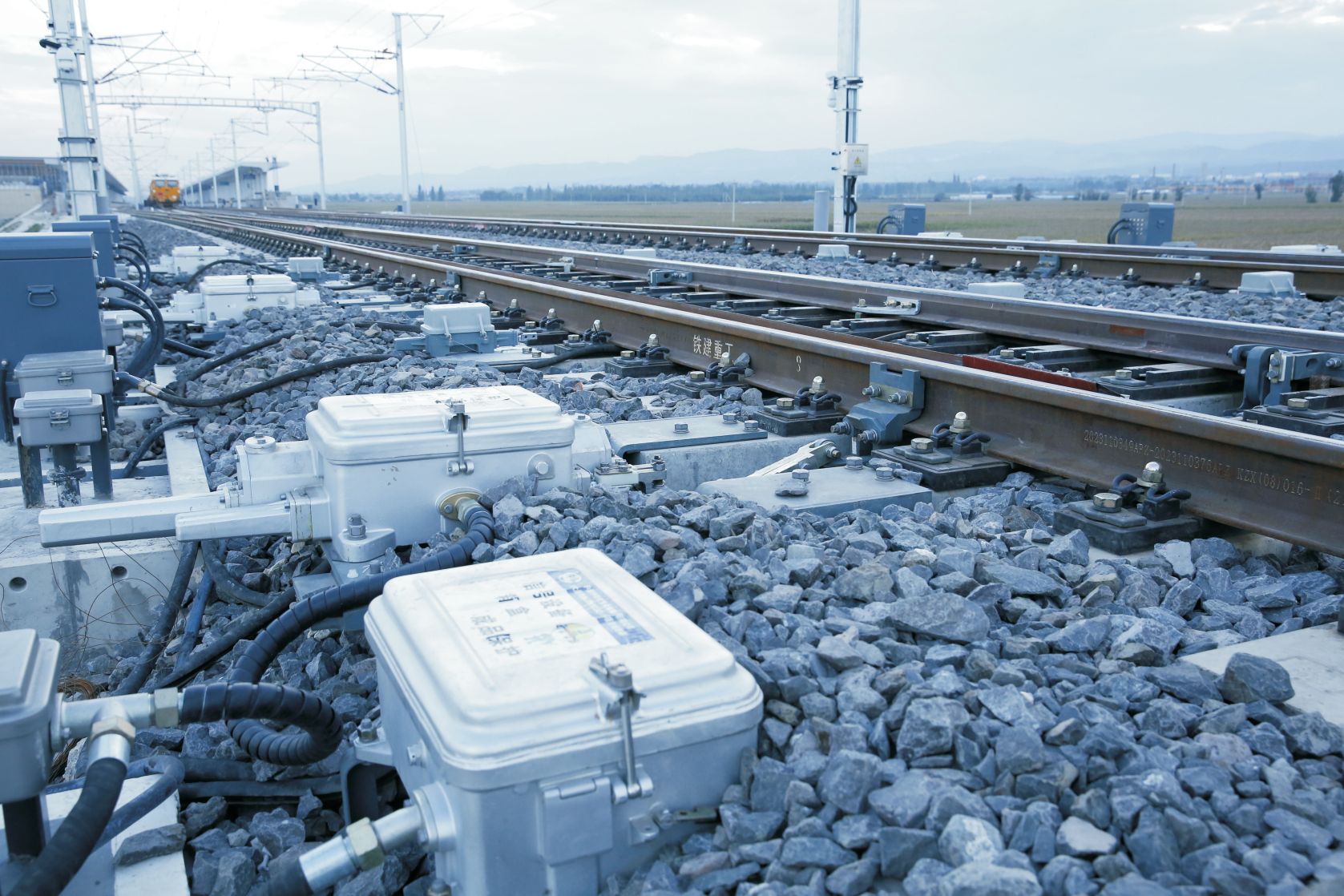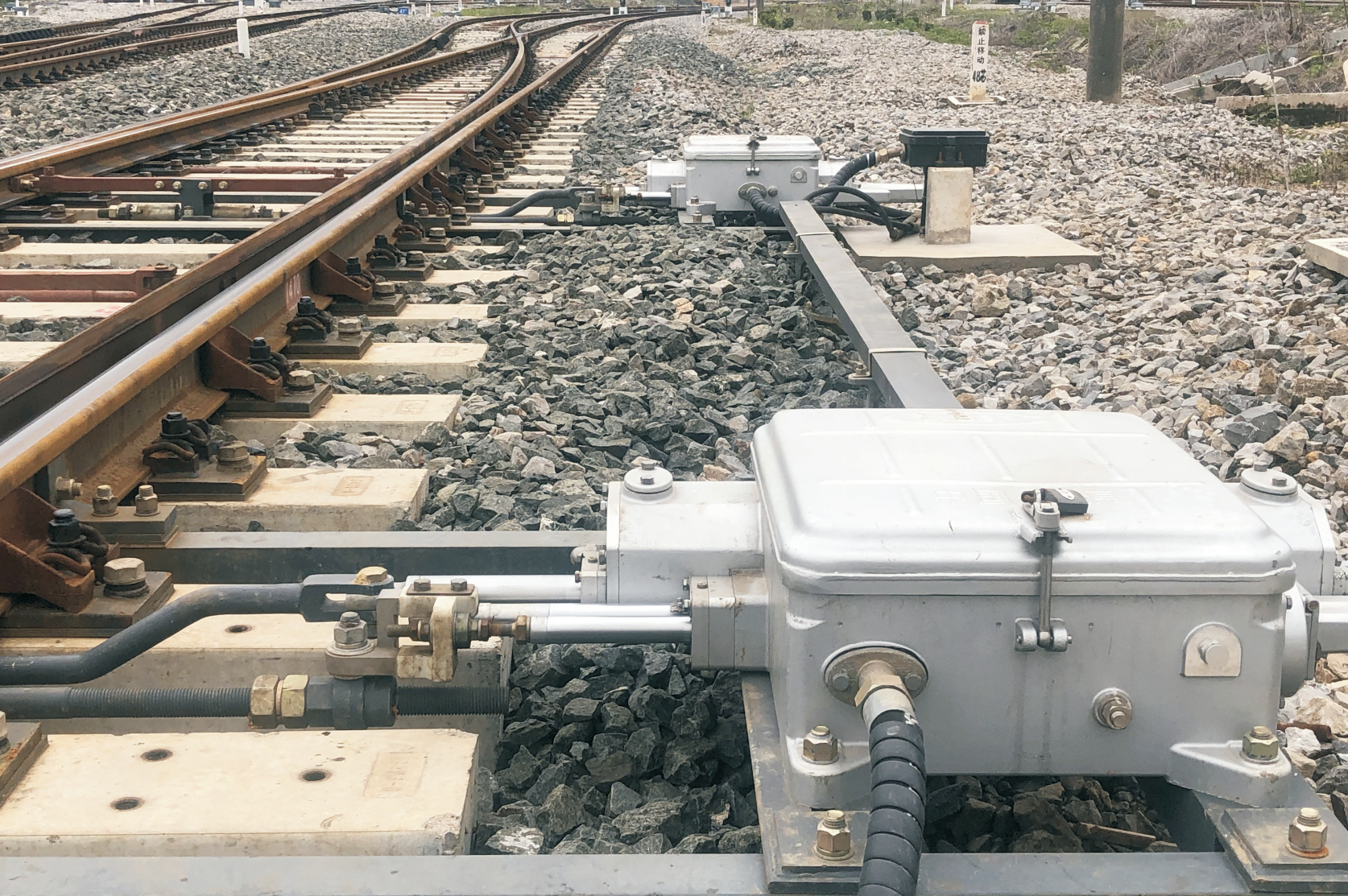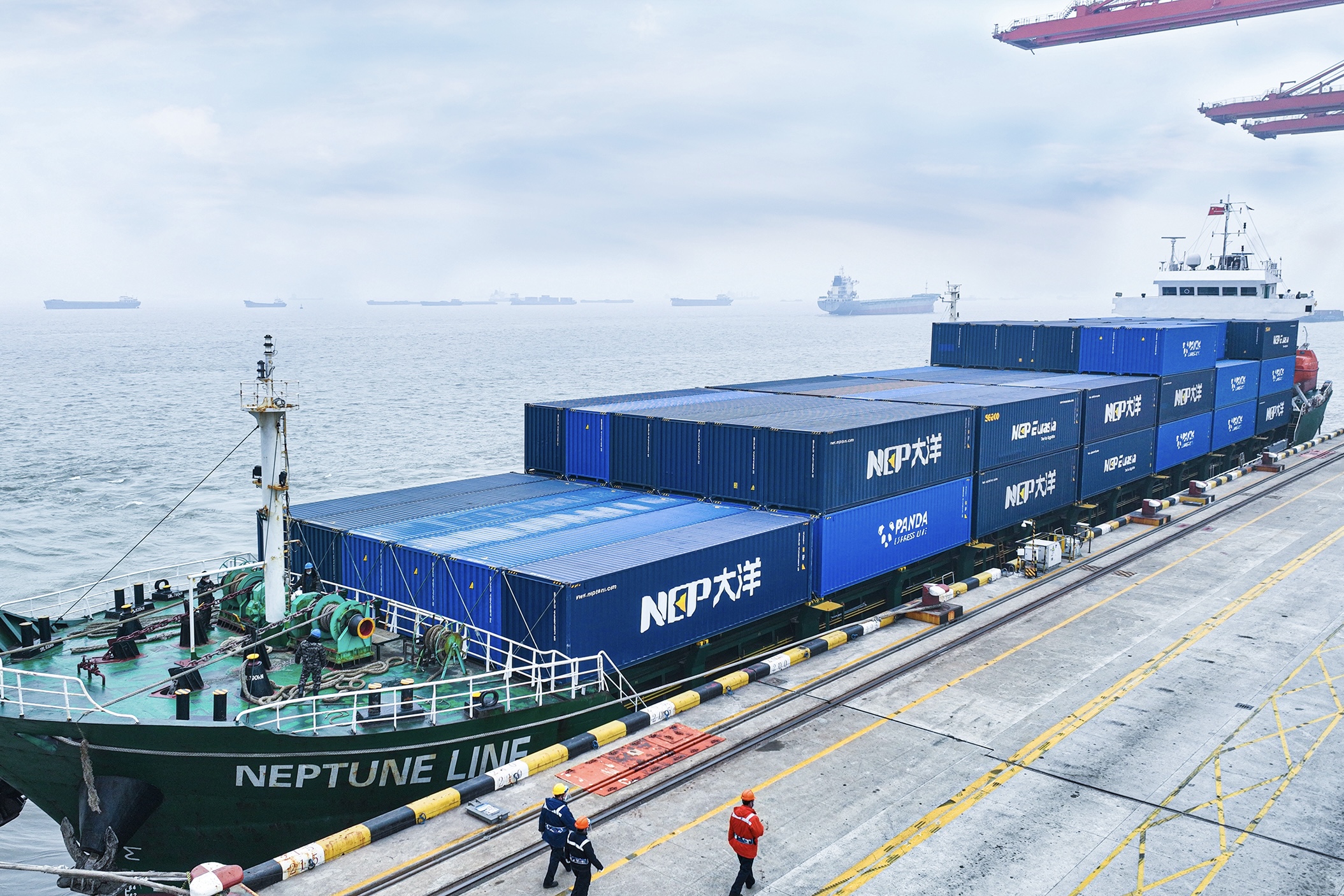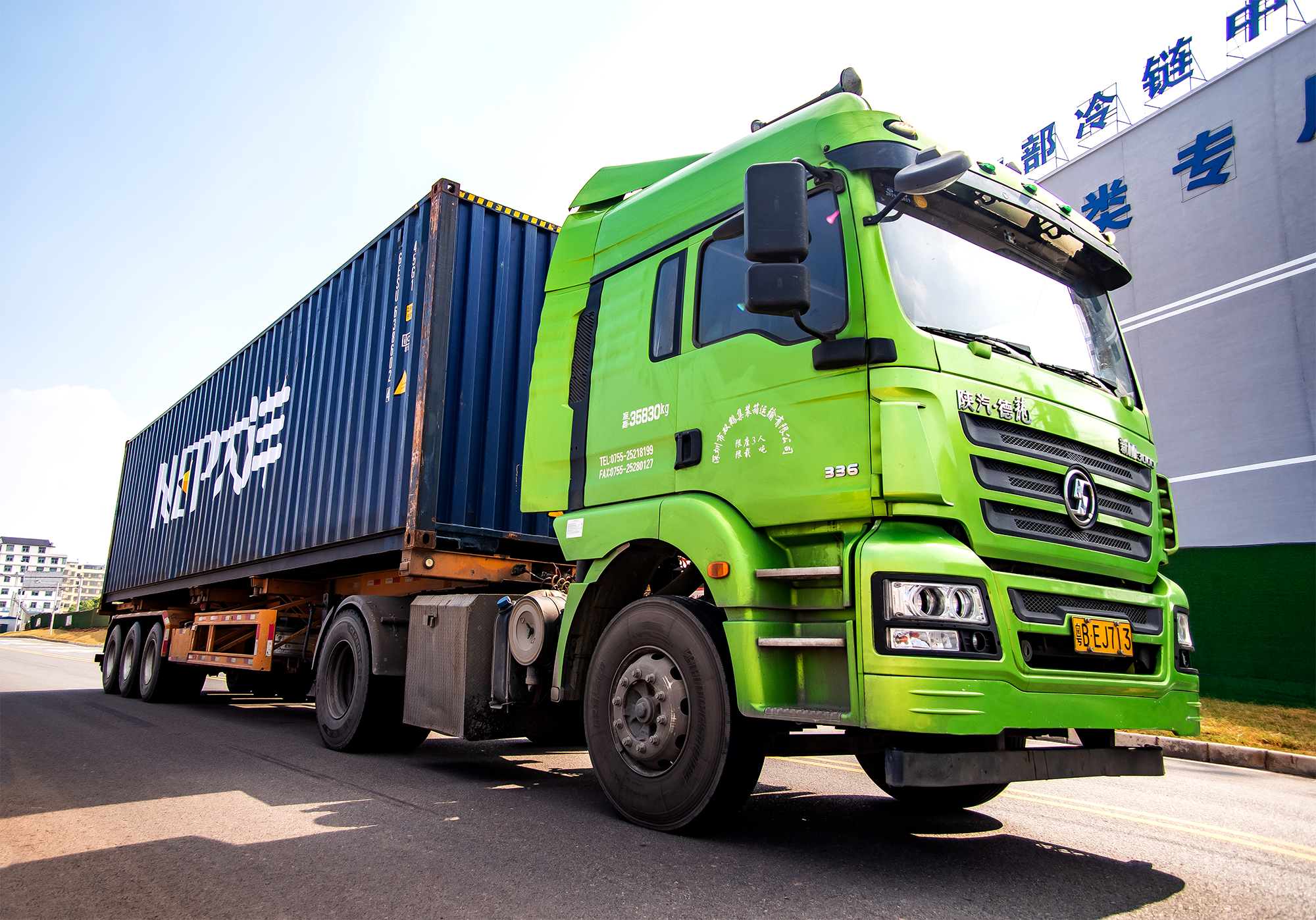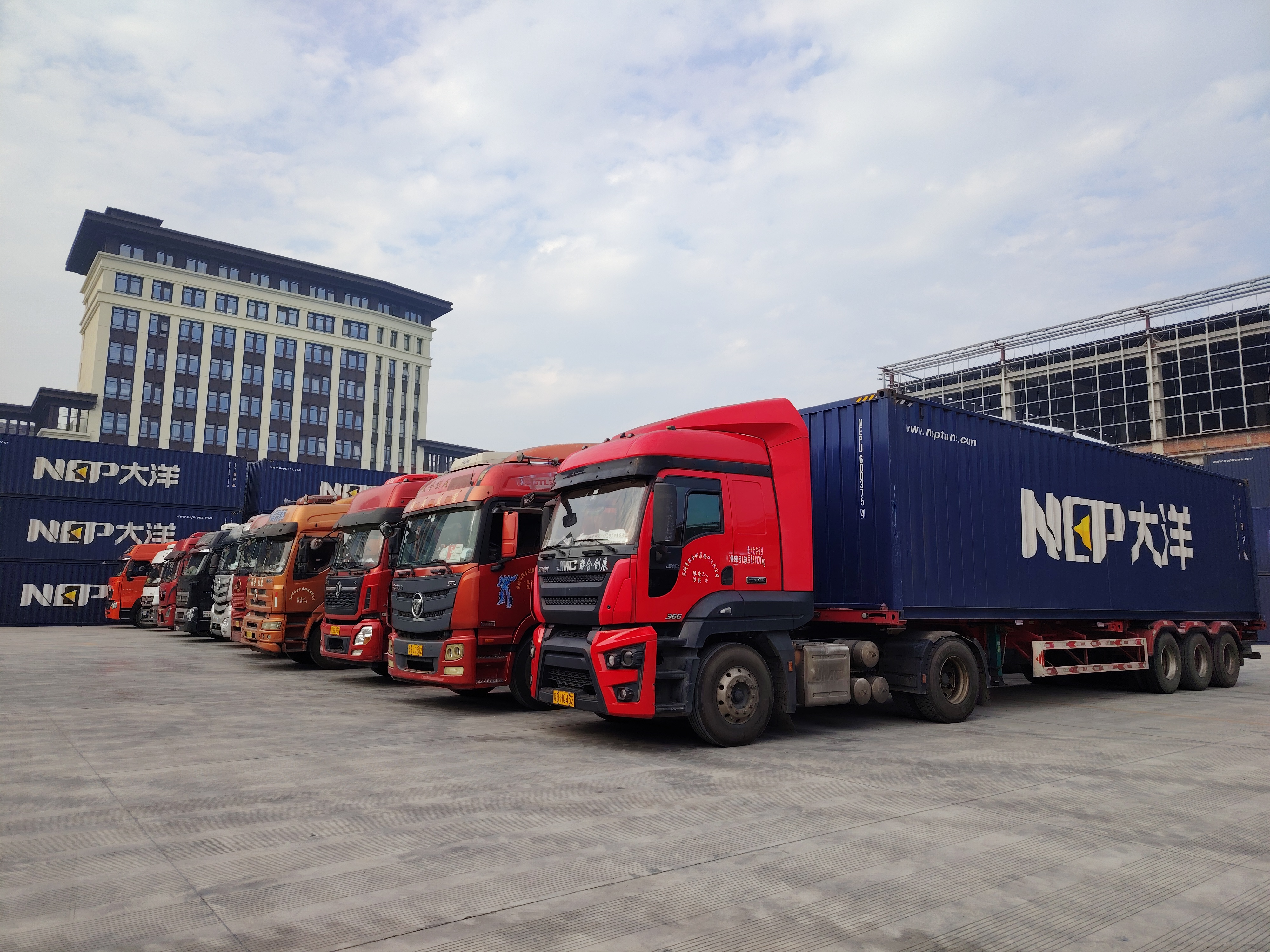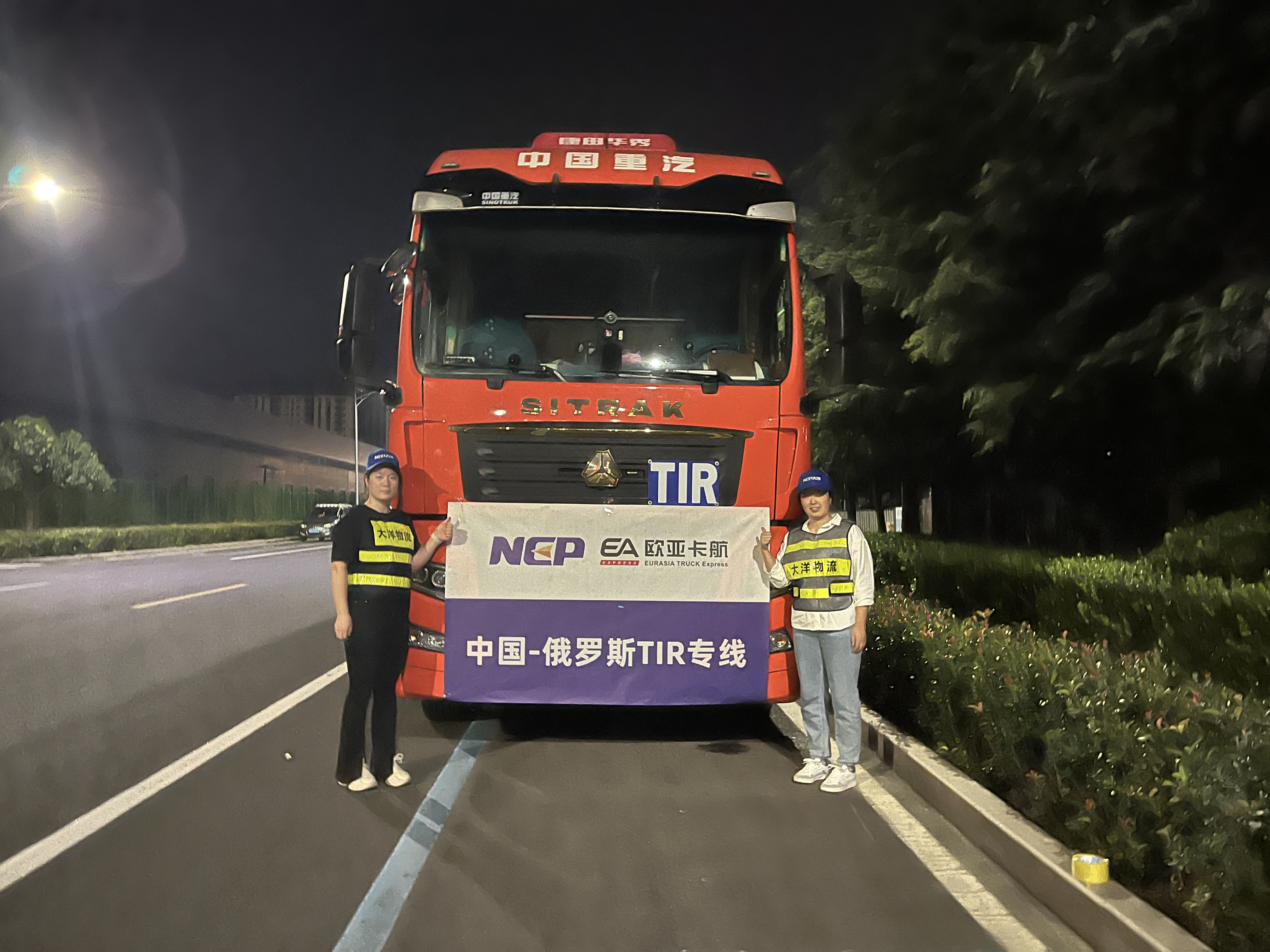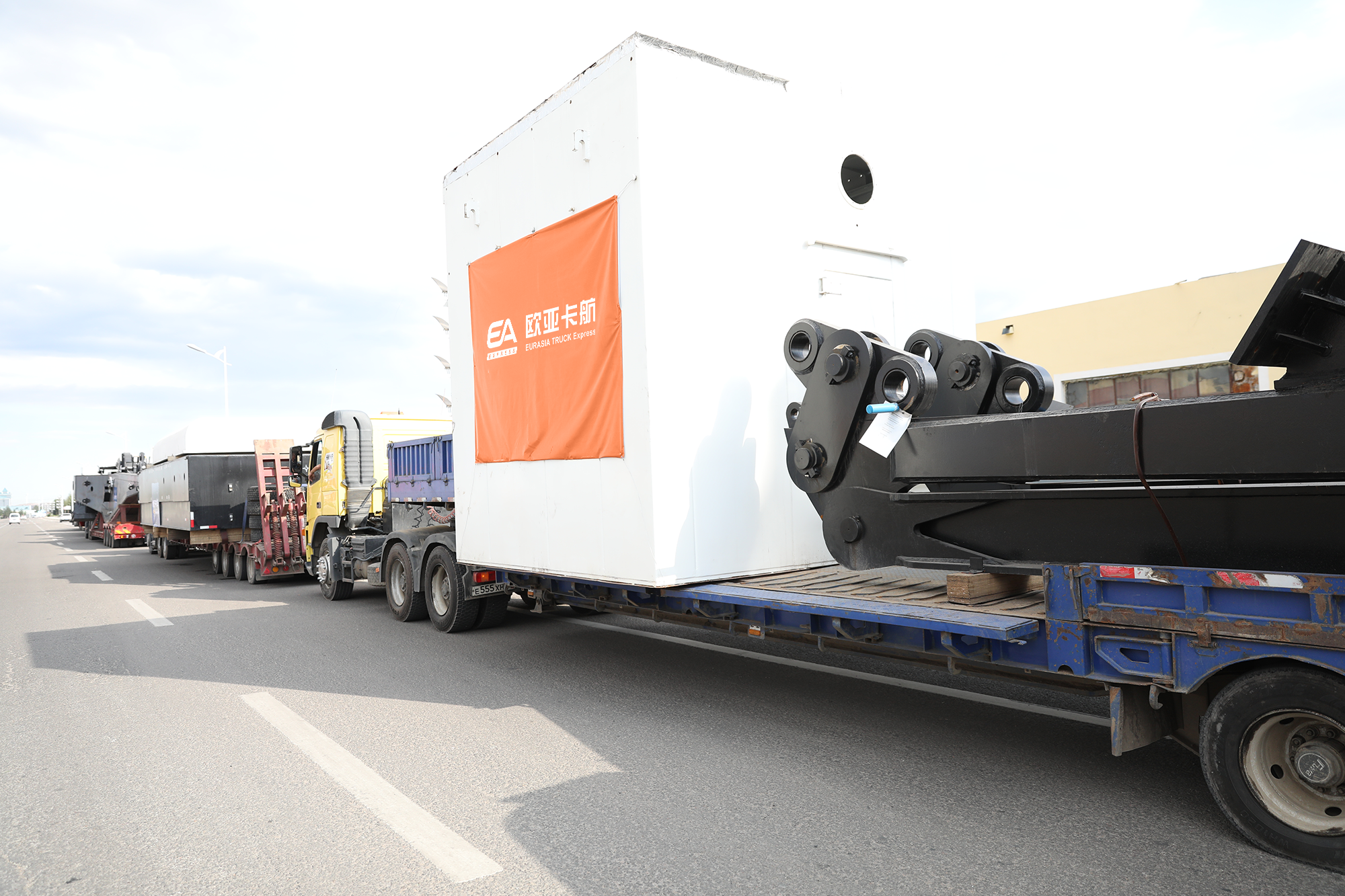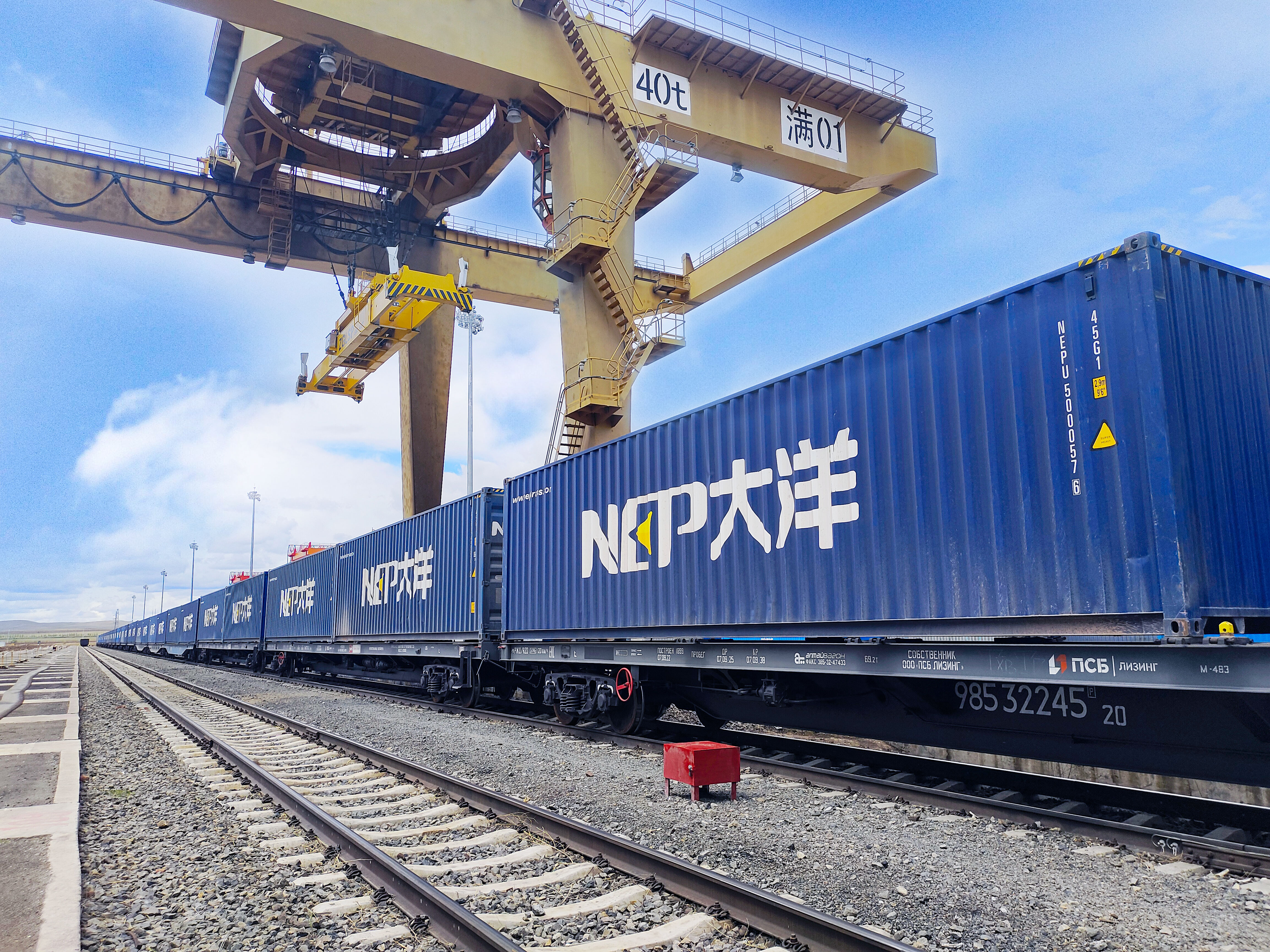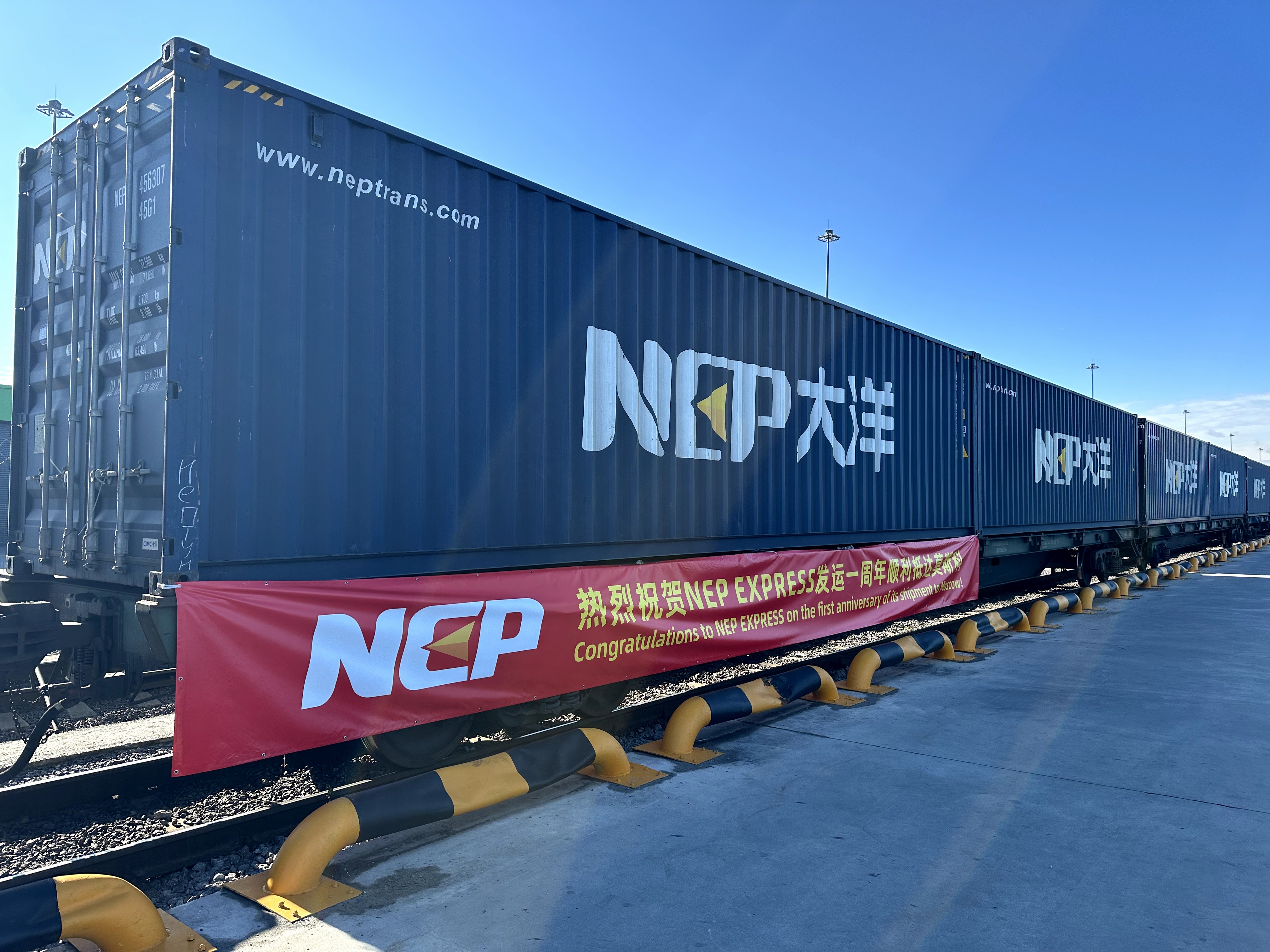Wedoany.com Report-Apr. 16, Recent rainfall has marginally increased water levels in Germany’s Rhine River, but commodity traders reported on Tuesday that the improvements are insufficient, with vessels still operating well below half capacity. The river, a vital route for transporting commodities like grains, minerals, ores, coal, and oil products, continues to face challenges due to low water levels.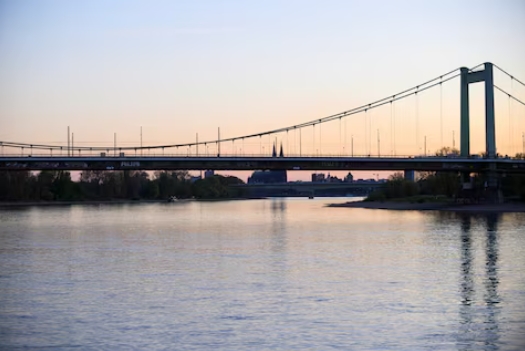
The River Rhine and the Mulheimer Bridge are seen at sundown, Cologne, Germany, April 7, 2025.
“Water levels have only risen by a few centimetres and more rain is urgently needed,” said one commodity trader. “Problems are not over.”
The scarcity of rain in March and April has led to low water levels south of Duisburg and Cologne, particularly at the critical Kaub chokepoint, hampering shipping operations. Despite these constraints, freight deliveries persist by distributing loads across multiple vessels, which increases costs for cargo owners.
In southern Germany, recent rain raised water levels at Kaub by approximately four centimeters since Friday. This allowed ships to carry just over 1,000 metric tons of cargo through Kaub, up from 870 tons on Friday, according to traders. However, freight rates remain elevated, with tanker freighter costs from Rotterdam to Karlsruhe steady at 86 euros per ton of cargo, compared to 46 euros in early April and 34 euros in March.
Low water levels force vessel operators to apply surcharges to offset reduced cargo loads, further raising expenses. Splitting consignments among several ships also contributes to higher shipping costs. The Rhineland-Pfalz environment ministry forecasts a further 17-centimeter rise in Kaub water levels by Thursday night, with additional rain expected in German river catchment areas this week and next, potentially easing conditions.
The Rhine’s importance as a shipping corridor underscores the impact of these challenges. In summer 2022, German companies faced supply chain disruptions and production issues due to drought-induced low water levels, highlighting the river’s critical role in regional trade and industry.
Continued rainfall could alleviate current restrictions, supporting smoother transport of essential commodities and reducing costs for businesses reliant on Rhine shipping routes.


